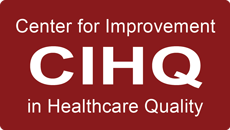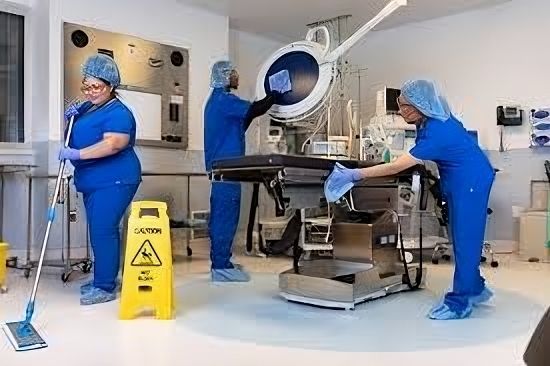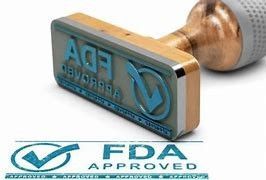Blog Layout
Tips For Your Facilities’ New Year’s Resolutions!
JANAUARY 1, 2024
Tips For Your Facilities’ New Year’s Resolutions!
Don’t break these, your facility needs them!
Setting regulatory compliance resolutions for healthcare facilities is crucial to ensure the delivery of high-quality, safe, and effective healthcare services. Here are some potential New Year's resolutions for your facility in terms of regulatory compliance:
1. Stay Informed about Regulatory Changes:
- Resolve to stay updated on any changes in healthcare regulations at the local, state, and federal levels.
- Regularly check for updates from regulatory bodies such as the Centers for Medicare & Medicaid Services (CMS), CIHQ, or other relevant authorities.
2. Regular Compliance Audits:
- Commit to conducting regular internal compliance audits to identify and address any potential issues before they become larger problems.
- Ensure that staff members are aware of compliance standards and actively participate in the audit process.
3. Training and Education Programs:
- Develop a resolution to provide ongoing training and education programs for staff to keep them informed about regulatory requirements and changes.
- Implement a system to track and document staff training to ensure everyone is up-to-date on compliance issues.
4. Enhance Data Security Measures:
- Focus on strengthening data security to comply with regulations such as the Health Insurance Portability and Accountability Act (HIPAA).
- Invest in technologies and processes to safeguard patient information and maintain privacy.
5. Improve Documentation and Record Keeping:
- Commit to improving documentation processes to ensure accurate and complete record-keeping, which is essential for compliance.
- Implement electronic health records (EHR) systems if not already in place to enhance accuracy and accessibility.
6. Ensure Patient Safety Standards:
- Make a resolution to prioritize patient safety by adhering to standards set by CMS or accrediting bodies like CIHQ or TJC.
- Regularly review and update safety protocols to reflect the latest best practices.
7. Emergency Preparedness:
- Develop and/or update emergency preparedness plans in compliance with regulatory requirements.
- Conduct drills and training sessions to ensure staff are familiar with emergency procedures.
8. Enhance Quality Improvement Initiatives:
- Resolve to actively participate in quality improvement initiatives to enhance patient care and meet regulatory standards.
- Use data-driven approaches to identify areas for improvement and implement corrective actions.
9. Engage in Collaborative Partnerships:
- Collaborate with other healthcare organizations and professionals to share best practices and stay informed about industry trends and changes.
- Attend conferences, workshops, and webinars to network and gain insights into regulatory compliance.
10. Review and Update Policies and Procedures:
- Regularly review and update policies and procedures to reflect the current regulatory environment.
- Communicate any changes to staff and ensure they understand and follow the updated protocols.
By incorporating these resolutions into your overall operational plan, you can promote a culture of compliance, ultimately benefiting patient outcomes and overall healthcare quality
Regular reassessment and adjustment of these resolutions will contribute to the ongoing success of regulatory compliance efforts.





